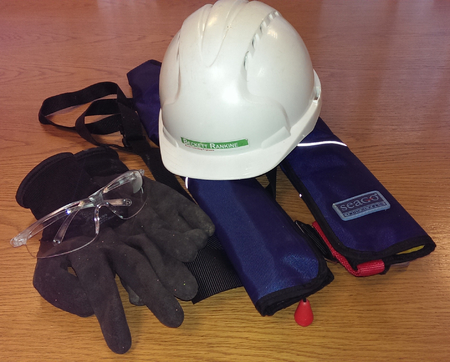On 6 April 2015 a significant revision to the Construction Design and Management (CDM) regulations will come into force. There will be a initial grace period of 6 months after which all projects, even those currently under construction, will have to fully comply with the new regulations.
The changes in summary:
- The CDM Co-ordinator role has been replaced by the Principal Designer
- The Client’s duties and responsibilities have been increased
- Regulations apply to all construction work whether commercial or domestic
- Applicable to all projects where more than one contractor is appointed
- Client has to appoint both Principal Contractor and Principal Designer
- The changes are intended to make prosecution of Client and Designer easier
- Duty to notify the HSE of a project site now lies with the client and has risen from 30 working days to 30 working days and more than 20 workers working simultaneously at any point on the project
Client Role
A Client must appoint in writing a Principal Designer and Principal Contractor as soon as reasonably practicable on all construction projects with more than one Contractor (this would include sub-contracted trades).
The Client must make arrangements for managing a project (including the allocation of sufficient time and other resources), so that persons with a duty under the Regulations can ensure that the works are carried out without risk as far as is reasonably practicable, and that minimum welfare standards are met.
Additionally, if the advice given by a Principal Designer is poor, the client cannot automatically use compliance with this advice to demonstrate compliance with their duties. The Client must ensure that arrangements are maintained and reviewed throughout the project. This suggests that formal periodic reviews and auditing will be required.
The Client cannot delegate his duties. He may however, wish to appoint a CDM specialist to advise him but this would be an advisory role with no responsibility under the regulations; the advisor would not be an alternative to the old CDM Co-ordinator role.
Principal Designer Role
The Principal Designer must be a designer who is able to exercise control over the pre-construction (planning and design) phase of the project. The Principal Designer could be a client with sufficient knowledge and involvement in the planning or design process or, more likely, the designer with responsibility for a significant proportion of the design works and in a position to co-ordinate the other designers on the project. A Principal Contractor on a design and build project may find themselves also in the role of Principal Designer.
The majority of individuals and companies that have been performing the CDM Co-ordinator role (either stand alone or alongside QS roles) are not designers and are unlikely to be in a position to take on the role of Principal Designer under the new regulations.
Beckett Rankine often act as Lead Designer and so we embrace the opportunity of becoming Principal Designer on many of the projects we are involved with. Too often in the past the CDM Co-ordinator role was carried out by someone who was remote from the planning, design and construction process with little ability to influence safety critical decisions. The new Principal Designer role will enable us to more effectively integrate life cycle risk management into our projects.
Principal Contractor Role
The Principal Contractor role will, in essence, remain unchanged under the new regulations.
How can we help?
We are looking forward to taking on the role of Principal Designer on many of our new and existing projects. Critical to the success of the role is a close working relationship with the client, which we already strive for on all of our projects.
If you would like to discuss the changes to the regulations further, and what they might mean to you and your project, then please do get in touch.


